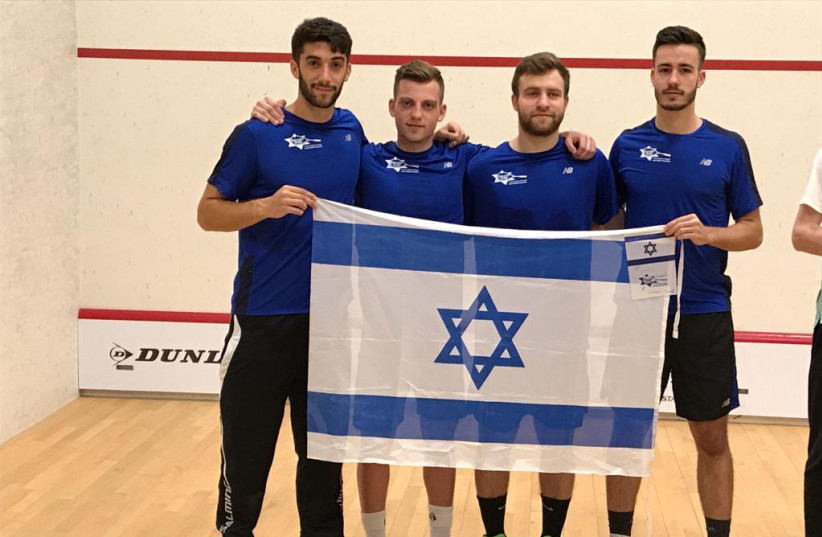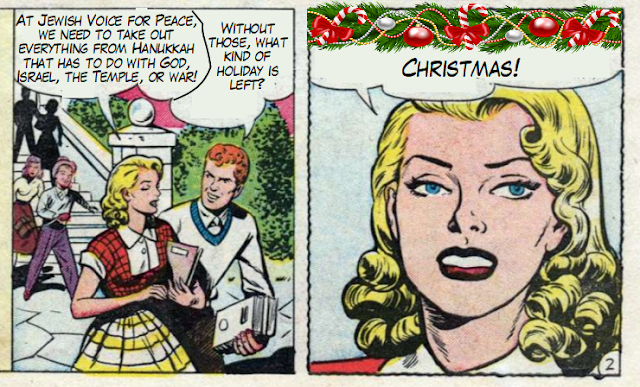Prof. Phyllis Chesler: Free as a Jew
Harvard Yiddish Prof. Ruth R. Wisse’s new memoir that tells of her love affair with Israel and the war against the West, is sharp, examined, and a more urgent read than ever. Review.The Day of the Million
Like the poet John Masefield, I also suffer from “sea fever” and so down I went to the “seas again, to the lonely sea and the sky.” I needed no “tall ship,” only a room on the beach with a terrace—and all the time in the world to read Ruth R. Wisse’s new book, Free as a Jew: A Personal Memoir of National Self-Liberation.
Reader: I could not put it down. I still chose to read it slowly, to savor it, take it all in. I must have underlined at least a quarter of the book. Wisse commands an aerial view of Jewish history, bringing it to bear on Israeli politics and on the demonization of the only Jewish state. She continues to issue her clarion call about the plague of “political correctness” that threatens to devour the entire Western enterprise.
Free as a Jew is an “intellectual memoir,” but it is also a family history replete with charming photos; a story of European Jews before, during, and after the Holocaust; and a warm introduction to Yiddish literature, and to many of the major Yiddish writers whom Wisse and her parents knew, hosted, and supported in Montreal, where they lived after fleeing Romania. Wisse introduces us to many of these writers: Sholem Asch, Sholem Aleichem, Itzik Manger, Mendele Mokher Sforim, Abraham Sutzkever, and Chaim Grade, as well as to Bashevis Singer, Saul Bellow, Leonard Cohen, Hillel Halkin, Yehuda Amichai, Irving Howe, and Norman Podhoretz.
For Wisse, Yiddish is not a social justice enterprise, nor is it mainly associated with “progressivism.” Rather, it is a rich language, “associated with the actual Yiddish-speaking communities, which remained what they had always been: outposts of Jewish separatism, consisting mainly of religiously observant Jews living culturally apart from the surrounding population.” Yiddish—the language, the culture, the works—is not meant to be politicized.
Free as a Jew is also a story about Ruth’s love affair with Israel, and about Montreal’s Jews (told through the lens of Ruth’s long career, both at McGill and in publishing, long before she accepted a position at Harvard).
The State of Israel lacked many things during its first years of existence—peace, prosperity, food, economic stability, housing, and basic infrastructure, to name just a few.
National holidays, on the other hand, were plentiful.
Not holidays in the traditional celebratory sense, but holidays that were intentionally designed, declared, and commemorated in order to achieve important national objectives under the complex circumstances and realities of the nascent Jewish state. At the behest of David Ben-Gurion, these holidays were all imbued with deep and timeless symbolism.
Both symbolically and literally, the holidays largely centered around the army, which was responsible not only for defense, but also for immigrant absorption, educating the people, and instilling Zionist values. As Israel’s prime minister and minister of defense, Ben-Gurion directly oversaw and commanded the army, paying particular attention to its role as a formative player in the country’s evolving society and culture.
During the first temporary ceasefire during the 1948 war, just a month after the official establishment of the Israel Defense Forces (IDF), the first such holiday, “Swearing In Day,” was celebrated on the country’s military bases and beyond. Then came “State Day” on the anniversary of Theodor Herzl’s death, which featured Israel’s first official military parade. During the festival of Sukkot, the Feast of Tabernacles, the country celebrated “Settlement Day,” emphasizing the army’s role in helping fulfill the Zionist mission and dream of settling the land.
Then, during Hanukkah, which took place at the end of December 1948 and into January 1949, Israelis celebrated “Ingathering of the Exiles Day,” emphasizing the importance of another central Israeli value: immigration.
Bones of Herzl’s Grandparents to Be Brought to Israel
The president of the Republika Srpska, of the Serbian Republic of Bosnia and Herzegovina, agreed on Monday to help exhume the bones of the grandfather and grandmother of Theodor Herzl, the father of modern political Zionism, and send them to Israel.
President Željka Cvijanović visited Mount Herzl earlier this week.
During her visit, she laid a wreath at Herzl’s grave, toured the Herzl Museum, received an explanation of his Zionist vision and finally signed a guest book that many visiting heads of state previously signed.
During the visit, Yaakov Hagoel, chairman of the World Zionist Organization, said that Herzl’s grandparents, from whom he drew his Zionist inspiration, were buried in her country, and asked the president to help bring their bones to Israel.
After the establishment of the state, Herzl’s remains were exhumed from his tomb in Vienna and reburied on Mount Herzl in Jerusalem in August 1949, with his parents and sister by his side. Many years later, in September 2006, the bones of his two children were also brought to Israel and buried next to those of their father.
In 2007, the remains of Herzl’s only grandson, Stephen Theodore Norman, were exhumed from a Washington cemetery for burial in Jerusalem. Herzl’s paternal grandparents, who inspired his Zionist conception, remained buried in the small cemetery in the town of Zemun, on the outskirts of the Serbian capital Belgrade.










































